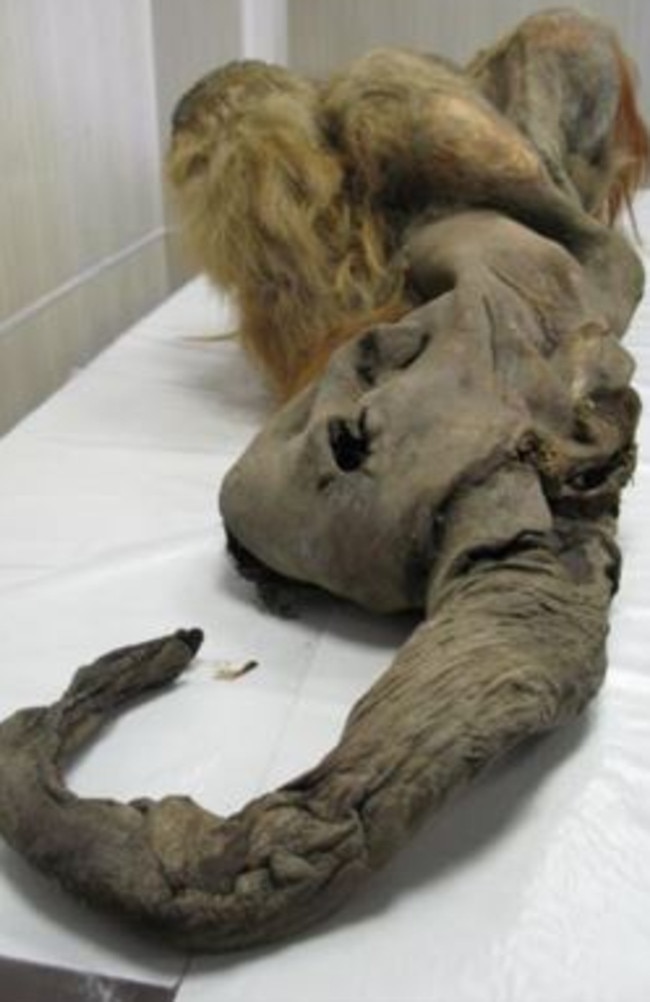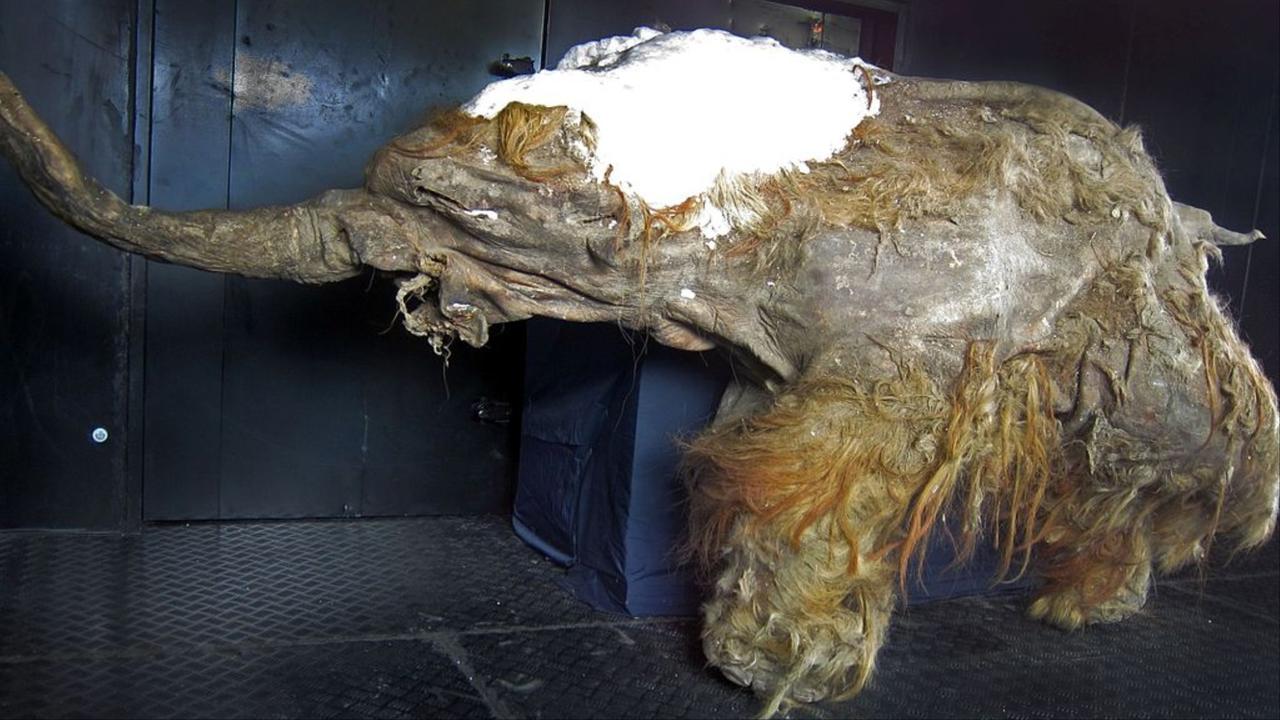Scientists bring frozen woolly mammoth cells back to life
Scientists have taken a major step in the global project to one day bring a woolly mammoth back from an ancient, frozen grave.
A team of scientists have taken a very interesting step in the quest to one day bring a woolly mammoth back from an ancient, frozen grave.
Researchers in Japan have managed to successfully coax “biological activity” out of 28,000-year-old cells taken from a frozen mammoth and implanted into mouse cells.
The project was carried out by a group of international scientists who took cell nuclei from a well-preserved mammoth discovered in 2011 in Siberian permafrost and placed them into several dozen mouse egg cells.
The encouraging result of the experiment doesn’t mean there will be a woolly mammoth walking around us any time soon however, because there is a crucial step scientists would still need to achieve before they start thinking about that.

Of the cell nuclei taken from the extinct animal, five displayed the biological reactions that happen just before cell division begins, according to Kei Miyamoto, a member of the research team at Kindai University in Japan.
But sadly, none actually produced the all important cell division needed for a potential mammoth rebirth.
The research, published in Scientific Reports, has some interesting implications.
“Our work provides a platform to evaluate the biological activities of nuclei in extinct animal species,” researchers wrote in the paper’s abstract.
Researchers observe biological activity after transplanting cell nuclei from Yuka the woolly mammoth (dead for 28,000 years) into mice oocytes. Whoa! Paper: https://t.co/3kVI5uiGso pic.twitter.com/D6x3TH84zq
— Steve Hurst (@hurst_sj) March 12, 2019
The findings are encouraging to scientists and open up the possibility about the potential activation of nuclei in extinct animals.
“This suggests that, despite the years that have passed, cell activity can still happen and parts of it can be recreated,” Kei Miyamoto, a member of the team that conducted the work, said in an interview with AFP.
“Until now many studies have focused on analysing fossil DNA and not whether they still function,” he added.
Woolly mammoths went extinct more than 4000 years ago, with some scientists believing they died off from the changing climate and human hunters. Dreams of any modern day Jurassic Park scenarios remain far-fetched, Mr Miyamoto cautioned.
As he pointed out, during the experiment, scientists learned that damage to cells was “very profound”, making any ambitious lab work of this kind very difficult.
“We are yet to see even cell divisions. I have to say we are very far from recreating a mammoth,” he said.

The university has worked with other Japanese and Russian institutes to study and to possibly clone the mammoth and plans to study alternative methods to bring the prehistoric giant back to life.
“We need new technology, we want to try various approaches,” Mr Miyamoto told AFP.
— With AFP




